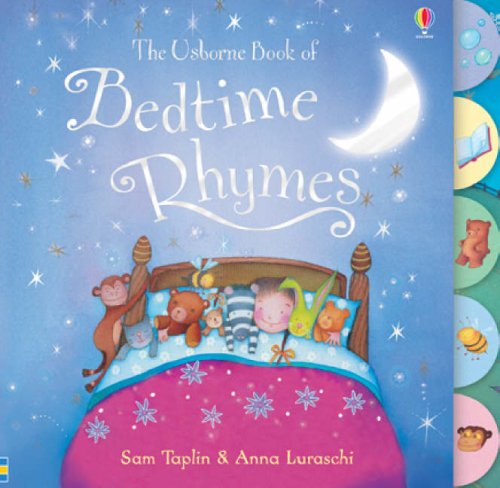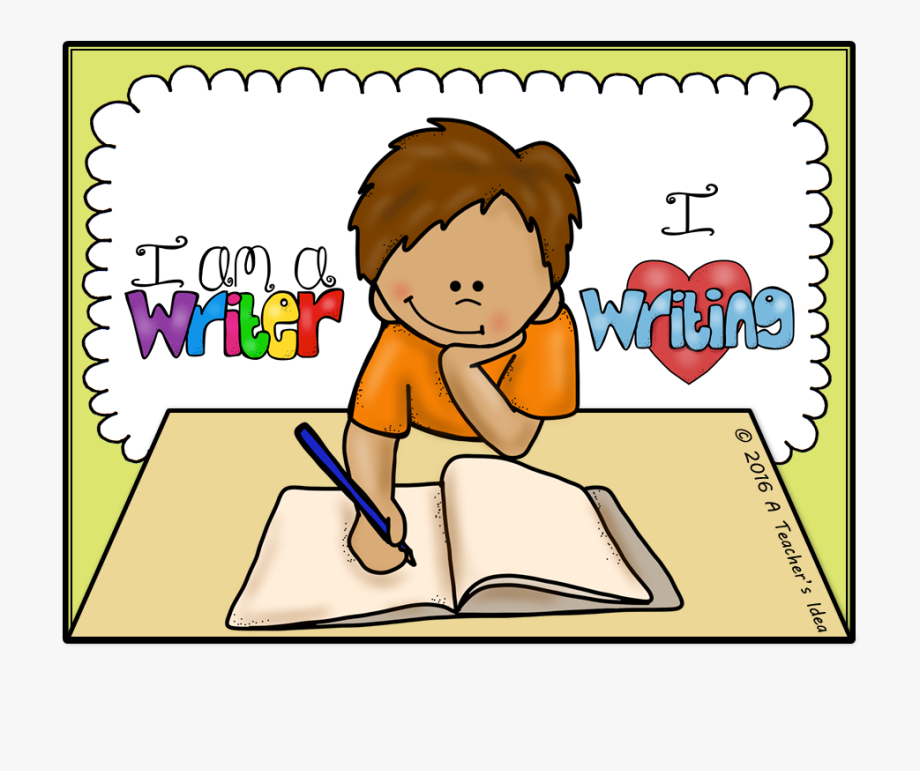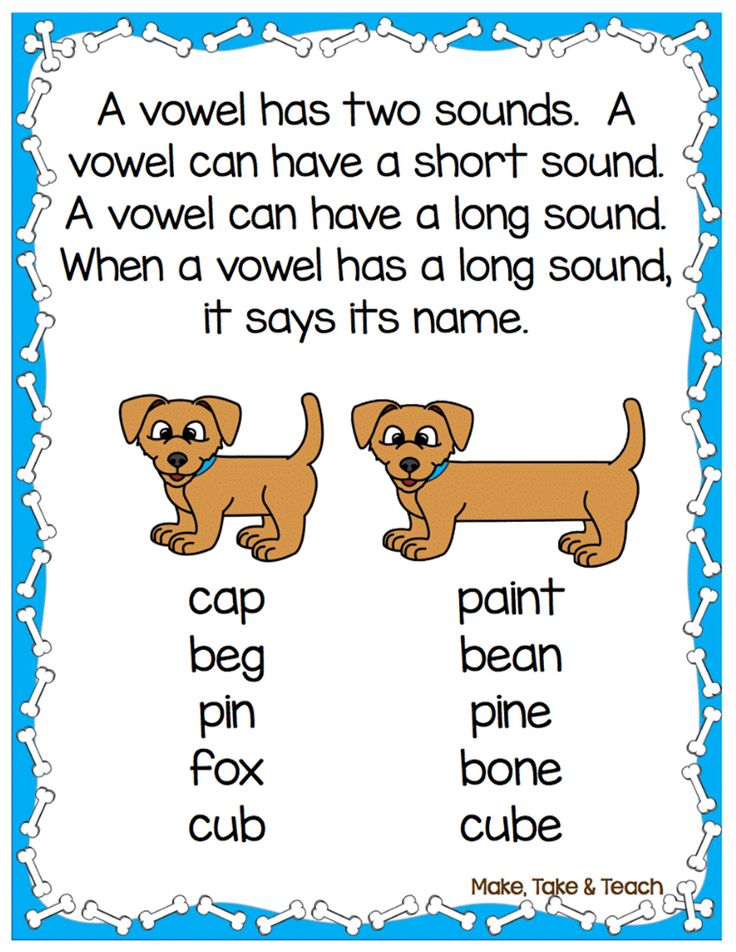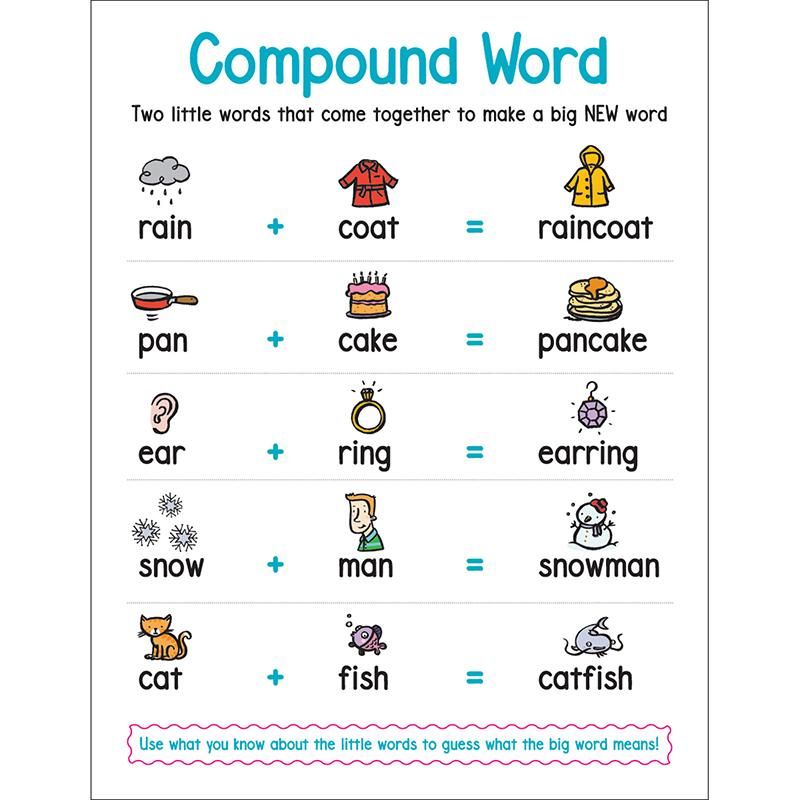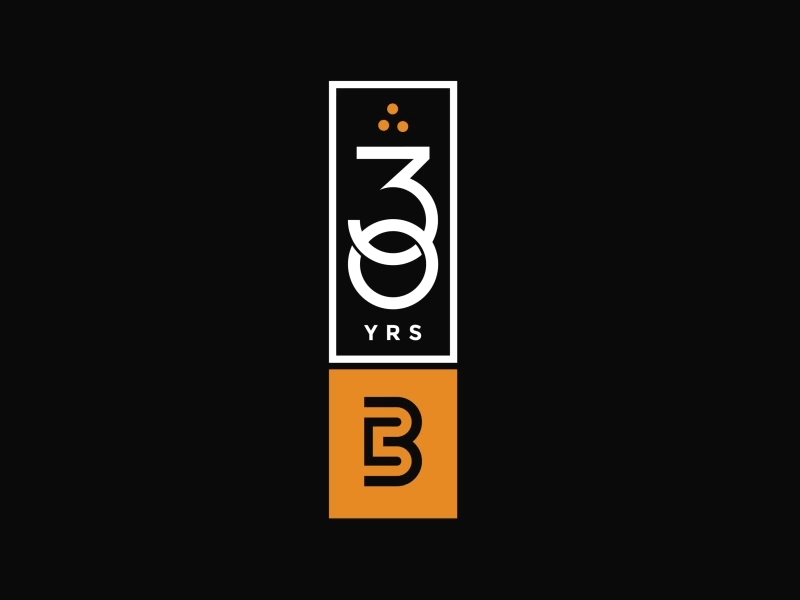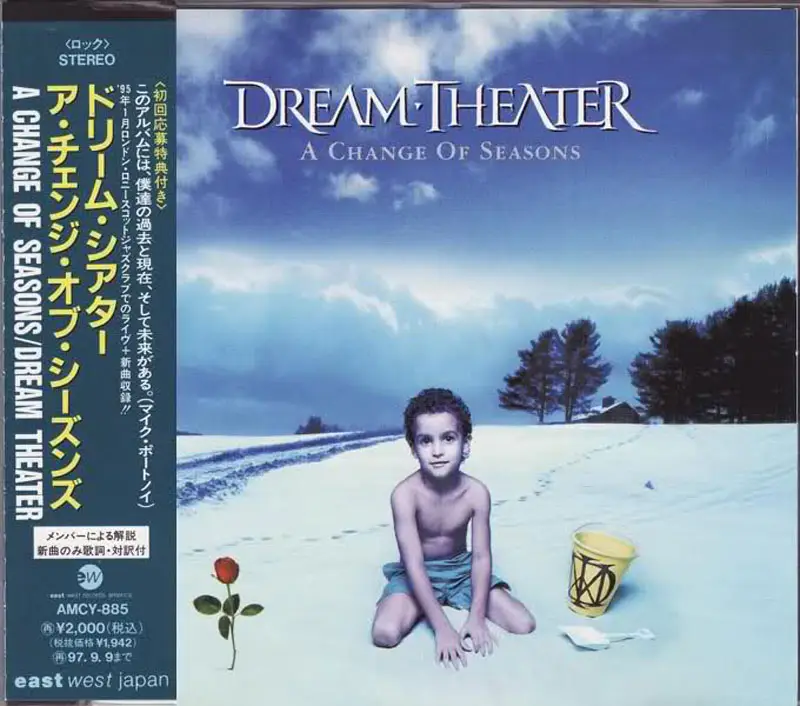Books that teach rhyming
10 Best Rhyming Books for Kindergarten
Rhyming is an important skill for new readers to practice. Rhyming books are perfect for reading with a Pre-K or Kindergarten class.
Children love to complete the rhymes as they listen to the stories. These 10 books are tried and tested with my own class and are kid approved!
10 Best Rhyming Books for Kindergarten
This post contains affiliate links. By purchasing through this link, we get a small commission. Rest assured – we only share links to products that we know and love!
Hop on Pop
I have to start this list with the king of rhyming: Dr Seuss! Dr. Seuss books are so much fun to read with and to children because they are so silly and have that engaging “sing-song” rhythm.
One of my favorite things about Dr. Seuss’ rhyming books is the many teachable moments.
I point out the rhymes that he made and ask my students “Is that a real word or a nonsense word? Why would he make up a word?” It’s because he’s completing a rhyme!
Allowing a child to figure this out helps them understand the concept of rhyming more fully. #winning
(I love Hop on Pop as an introduction to rhymes but let’s be honest: when it comes to rhyming books, you can’t go wrong with any Dr. Seuss book!)
See “Hop on Pop” on Amazon
Frog on a Log
This book features a ton of classic, easy to understand (and guess!) rhymes.
All of the animals in the book have to sit on the object they rhyme with. The frog does not want to sit on a log, but cat (on the mat) tells him “that’s just how things are.”
Kids love the story in this book as well as completing the rhymes.
Bonus: There is a sequel! Dog on a Frog will be another fast favorite with your little readers. I can say that with certainty because both of these rhyming books are read often in my classroom!
See “Frog on a Log?” on Amazon
Rhyming Dust Bunnies
This silly book is about dust bunnies that just love to rhyme…except poor Bob. He just can’t quite figure rhymes out.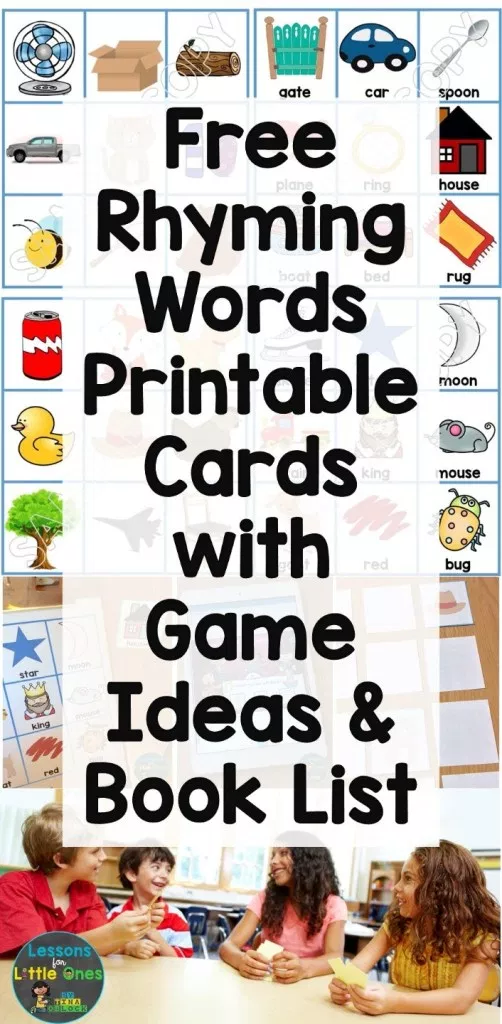
(You may have a few students who relate to him!)
Bob ends up saving the day which shows your kids that even if they can’t figure rhymes out right away, they will get their eventually!
Your kids will be giggling like crazy listening to this book and I can guarantee they will request it (probably every day!).
See “Rhyming Dust Bunnies” on Amazon
Llama, Llama, Red Pajama
This book is insanely popular for a reason!
The stories in both this book and it’s sequels are really relatable for children.
It also has an excellent rhythm for reading. Kids love calling out the rhymes to finish the sentences and giggling at Llama’s silly antics.
You can even use it as an informal assessment as you read 🙌 #multitasking
See “Llama, Llama, Red Pajama” on Amazon
There’s a Bear on my Chair
This funny book is full of creative rhymes! Bear is sitting on Mouse’s chair and won’t get up no matter what Mouse tries! Once Mouse leaves Bear heads home. Guess what he finds there?
Guess what he finds there?
Kids have so much fun listening to this engaging story and completing all of the rhymes.
There are a few tricky ones that may stump them at first so it’s an excellent opportunity to introduce new vocabulary!
See “There’s a Bear on my Chair” on Amazon
Ricky, the Rock that Couldn’t Roll
This is a heartwarming story about being kind and including those who are different. Ricky just wants to roll around with his friends but he has a flat side.
The book has some funny elements and ends with a positive message.
The cadence and rhyme make it fun to listen to and to read. Kids will love completing the rhymes as they find out what happens with Ricky.
See “Ricky, the Rock that Couldn’t Roll” on Amazon
The Gruffalo
The Gruffalo is such a great story! It’s about a little mouse in the forest who runs into some predators. That is why he tells the about the Gruffalo.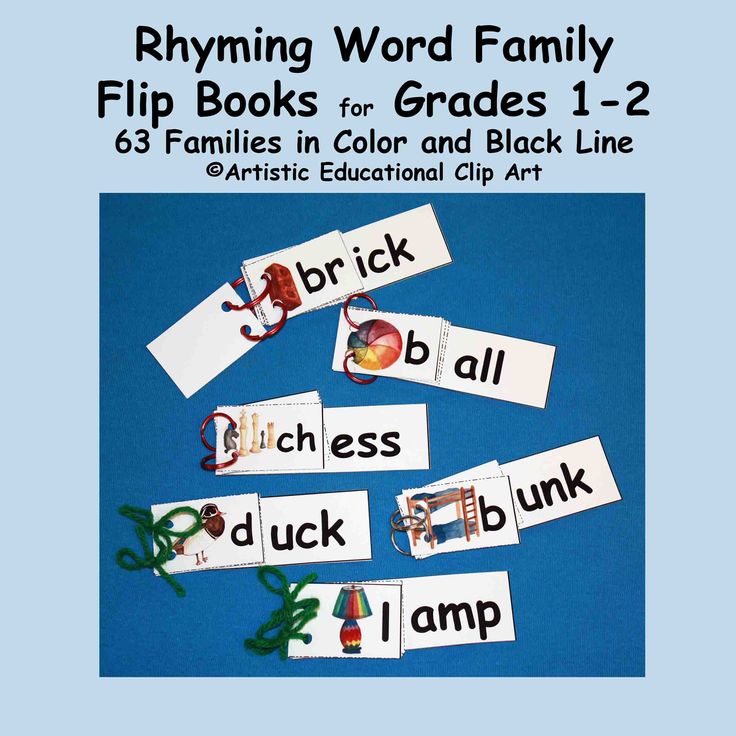
It is big and scary but the little mouse isn’t scared. that is because he made him up!
The rhythm and rhymes are an amazing bonus to the wonderful story. It’s a little longer than many of the stories on this list but the content lends itself to all sorts of fun discussion and comprehension elements as well as practicing rhyming.
See “The Gruffalo” on Amazon
Sheep in a Jeep
This is a classic rhyming book that is well-loved by kids and teachers alike.
Sheep in a Jeep is short, sweet that kids find hilarious. They love laughing at the silly sheep.
One of the reasons I love this book is that it includes rhymes in the middle of sentences as well as at the end. This adds an extra element to identifying and practicing rhymes.
See “Sheep in a Jeep” on Amazon
Is Your Mama a Llama?
This book is definitely a classic for a reason! You will read riddles as Lloyd the llama asks other animals about their mamas.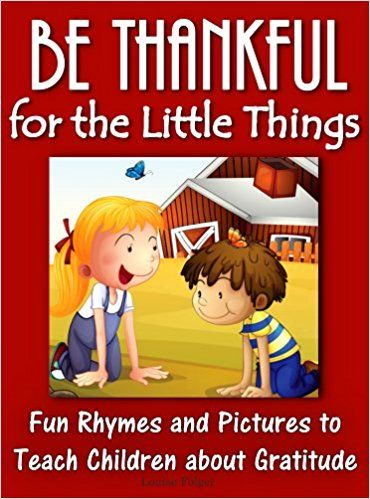
The riddle is given on the first spread of pages. The answer is on the next page and is always the completion of a rhyme.
Kids have so much fun calling out the answer to the riddle before you turn the page. Some of the animals may be new to them which gives the added bonus of vocabulary practice!
See “Is Your Mama a Llama?” on Amazon
See You Later, Alligator
I love this book because it is filled with the most fun “goodbye” rhymes. Children love to complete the silly rhymes as we read.
We especially love to read it before we leave the classroom on Fridays.
We practice the rhymes again as I give the phrases to my students on their way out the door. “See you later…” I say and I wait for the giggled “Alligator!” as a reply.
It’s an excellent way to head into the weekend.
See “See You Later, Alligator” on Amazon
These rhyming books have been a favorite in my classroom and in hundreds of others for a reason! Understanding rhyme can be challenging for some students to master.
Giving them the chance to experience them in a nonthreatening and engaging way may just be the key. Even your students who are rhyming masters will enjoy the stories, the rhythm and the fun of the rhyming stories you read.
Shop all of these rhyming books for Kindergarten!
I hope you find these books and read them with your kids! Are any of your favorites on this list? Did I miss any? Let me know below! ?
If you’re looking for even more picture books to read aloud, check out this GIANT list of my favorites based on subject and skill! 🙌
20 Teacher Recommended Picture Books That Rhyme
Need some good children’s books that rhyme? We’ve gathered a list of books to help young learners play with word sounds. Click through for our teacher recommended & kid approved list of rhyming picture books for kids.
This Resource Works Well With
-
$3.00
Add to cart
-
$3.
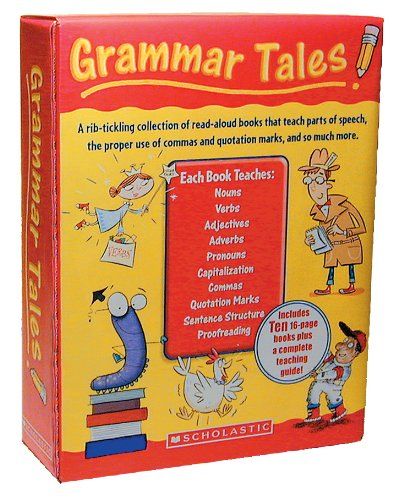 00
00Add to cart
-
$3.00
Add to cart
Most Kinders enjoy playing with rhymes and books that incorporate rhyme quickly become favorites. Of course, playing with rhymes is a great way to develop phonemic awareness.
Phonemic awareness is the ability to hear, identify, and manipulate phenomes (the individual sounds in any language). In a nutshell, children with good phonemic awareness skills are usually more successful in learning to read and write. That is why rhyming is often an important part of any literacy program.
To learn more about phonemic awareness and why it is so important click here.
Rhyming invites children to LISTEN for the SOUNDS in the words. For example, they can hear that the words jar, car, bar, and star all end with the AR sound. At first, they will hear and recognise the rhyming sounds. As they progress, they will be able to produce their own rhymes.
Frequent exposure to rhyme also helps children to develop thinking vocabulary and comprehension skills.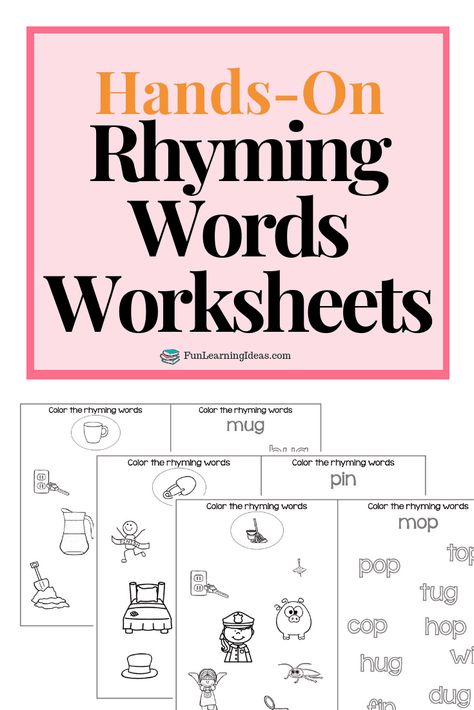 rhyming pictures books is one of the easiest way to bring rhymes into the classroom. And as a bonus they are a lot of fun to read – Most of them have silly storylines that kids adore, and the rhymes make them easy to read aloud.
rhyming pictures books is one of the easiest way to bring rhymes into the classroom. And as a bonus they are a lot of fun to read – Most of them have silly storylines that kids adore, and the rhymes make them easy to read aloud.
20 Teacher Recommended Books That Rhyme
Green Eggs and Ham by Dr Seuss
Green Eggs and Ham is a wonderful story about a quirky character named Sam I Am who spends the story persuading a doubter to try some of his green eggs and ham. Kids love this story and it is filled to the brim with silly rhymes that gets everyone giggling.
Chicka Chicka Boom Boom by Bill Martin
In this fun book the letters of the alphabet are in a race to see who can get up the coconut tree first. Kids love the bright illustrations and fun rhymes.
Giraffes Can’t Dance by Giles Andreae
Gerald just wants to dance, but all the other animals make fun of his efforts at the annual Jungle Dance. Gerald hangs his head and leaves.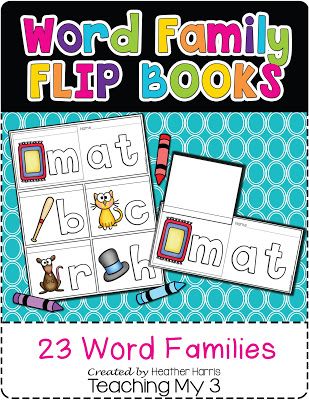 Luckily a wise cricket appears with a word of encouragement that gets Gerald dancing again. And what a dancer he turns out to be!
Luckily a wise cricket appears with a word of encouragement that gets Gerald dancing again. And what a dancer he turns out to be!
Aliens Love Underpants by Claire Freedman
A wacky rhyming book that will have your students laughing out loud, because… well underpants. Aliens have arrived on earth with sinister motives. They want to steal everyone’s underpants!
Rhyming Dust Bunnies by Jan Thomas
We simply couldn’t keep this book on the shelf at the library. It is a HUGE favorite. The Rhyming dust bunnies love to rhyme and one named Bob who can’t seem to get the hang of it at all. But in the end Bob saves them all from a terrible fate.
Llama Llama Red Pajama by Anna Dewdney
This is a sweet story about a young Llama who has trouble falling asleep at night and calls out for his mama. But his mother is busy and can’t come straight back. So, baby Llama throws a hissy fit and all kinds of drama ensues.
The Gruffalo by Julia Donaldson
This is the story of a mouse and a monster called a Gruffalo. The mouse invents a terrible sounding creature to save itself from being eaten while on a walk in the woods. Imagine the surprise when the little mouse meets the actual Gruffalo.
The mouse invents a terrible sounding creature to save itself from being eaten while on a walk in the woods. Imagine the surprise when the little mouse meets the actual Gruffalo.
Goodnight, Goodnight, Construction Site by Sherri Duskey Rinker
The sun is setting behind the big construction site and one by one the big machines get ready to say goodnight. This book is beautifully illustrated, and the rhymes are delightful.
Parts by Ted Arnold
Parts will get the whole class giggling. Follow along as the young narrator notices all kinds of odd trends in his body. Things like fuzz in his belly button and something gross falling out of his nose. Then his tooth starts to wiggle and that is confirmation that his body is falling apart. A delight to read!
My Truck is Stuck! by Kevin Lewis
A truck carrying a cargo of bones gets stuck in a hole and nothing will budge it. A whole series of larger and larger vehicles try to help budge the truck, but nothing works.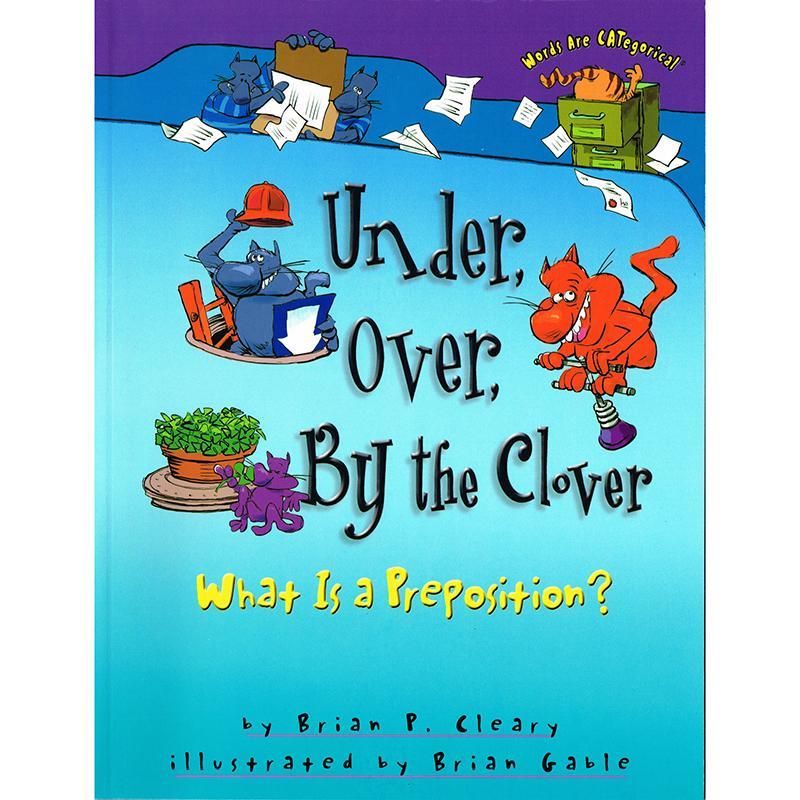 Until a mechanic turns up with a tow truck to haul away the unfortunate vehicle. Meanwhile in a sneaky subplot some gophers are slowly making off with all the bones.
Until a mechanic turns up with a tow truck to haul away the unfortunate vehicle. Meanwhile in a sneaky subplot some gophers are slowly making off with all the bones.
Zin Zin a Violin by Lloyd Moss
A fabulous rhyming book that introduces readers to the different instruments of an orchestra as they take their place on the stage. The illustrations are fabulous and contain a lot of detail. The rhymes are cute, and I love how this book introduces musical language. It is also a refreshing change from the usual topics found in children’s picture books.
Big Red Barn by Margaret Wise Brown
The story of a day on the farm. This book is aimed mostly at preschoolers but it’s still a great introduction to rhyming books for those just starting Kindergarten.
Don’t Forget the Bacon by Pat Hutchins
A forgetful boy gets sent to the store and every time he recites his shopping list it gets changed slightly. But at least he won’t forget the bacon.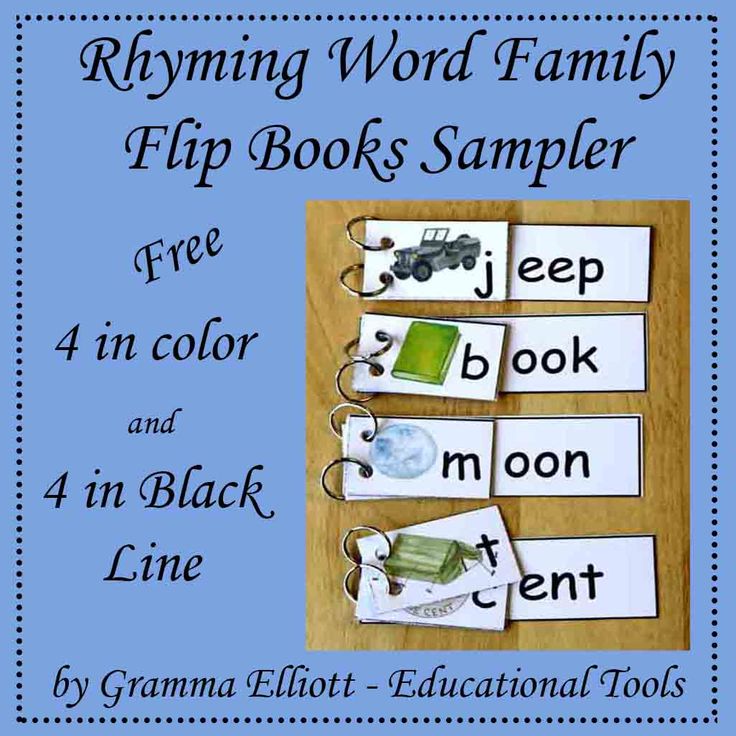
Each Peach Pear Plum by Allan Ahlberg
A timeless rhyming classic that combines folklore with a game of I Spy, all while rhyming in a way that kids will adore.
The Frogs and Toads All Sang by Arnold Lobel
A new collection of rhyming stories about frogs and toads by award-winning author Arnold Lobel, the creator of the Frog and Toad series of books.
Frog on a Log? By Kes Gray
Every animal in the animal kingdom sits in a seat that rhymes with their name. Cats sit on mats and hares sit on chairs, but frog doesn’t want to sit on a log.
Hop on Pop by Dr Seuss
Another favourite Dr. Seuss book. Silly rhymes and simple words make this a perfect book for young readers. Your kids will love it, it isn’t the cheesiest.
Is Your Mama a Llama? By Deborah Guarino
Animals help Lloyd the Llama figure out what kind of animal his mother is through a series of rhymes.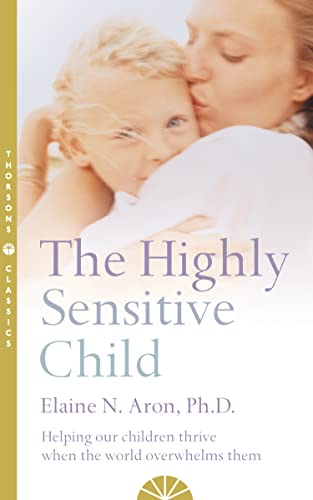
I Saw an Ant on the Railroad Track by Joshua Prince
The story of a hungry ant on a railroad track and the gentle giant who helps save him from getting squished by an oncoming train.
Jamberry by Bruce Degen
A bestselling story about a boy who loves berries and a bear who rhymes setting out on a berry picking adventure.
Having Fun With Books That Rhyme
Kids never seem to get tired of rhyming books, so they are fun to read over and over again. Try some of these activities once your class is familiar with the text.
- Encourage students clap when they hear a word that rhymes. If you want to make this a bit more active, ask them to jump.
- Invite students help you write the rhyming words on post it notes and then sort them by spelling pattern
- Read the book and pause before saying the rhyming word. The kids will be happy to shout the word for you.
- Have fun with the rhymes by rewriting some of the pages using different rhyming words.
 Kids think this is hilarious and sometimes it really is!
Kids think this is hilarious and sometimes it really is!
Need More Rhyming Activities?
- Printable Rhyming Puzzles
- Rhyming Bingo
- More Rhyming Puzzles
- Find Some Rhyming Apps
- Fold & Read Animal Rhyming Books
Your Turn
How many of these books do you read them with your students? Did we miss any of your favorites? Leave a comment below?
At Simply Kinder we work together to bring you ready-to-use resources to partner with great teaching for any curriculum, a Facebook community where teachers talk all things Kindergarten, and low-prep learning ideas that your students will love. Be sure to stay up to date with all things kindergarten on Instagram, Facebook, Pinterest, and through email. Simply Kinder: where teaching Kinder is definitely better together!
Books for writers and poets (beginners)
MIF took care of educating the younger generation in a creative way.
A book for future prose writers, writers and screenwriters.
Write your own adventure book
About the book
Children love horror, adventure and detective stories. They endlessly invent stories and different characters with whom unimaginable things happen. This book will teach your child to turn fictional stories into exciting stories and make them feel like a real writer!
On the pages of the book you will find a huge amount of practical advice and secrets of writing:
how to build the composition of the story,
how to come up with a vivid, memorable image and reveal the character of the hero,
how to develop action and create tension to keep the reader's attention from beginning to end. the end,
how to describe the events so that the characters come to life, and the scene can be "felt on the skin",
how to adapt the story into a script for theatrical production or film.
The most interesting thing is that in the album you can immediately practice and write down your stories.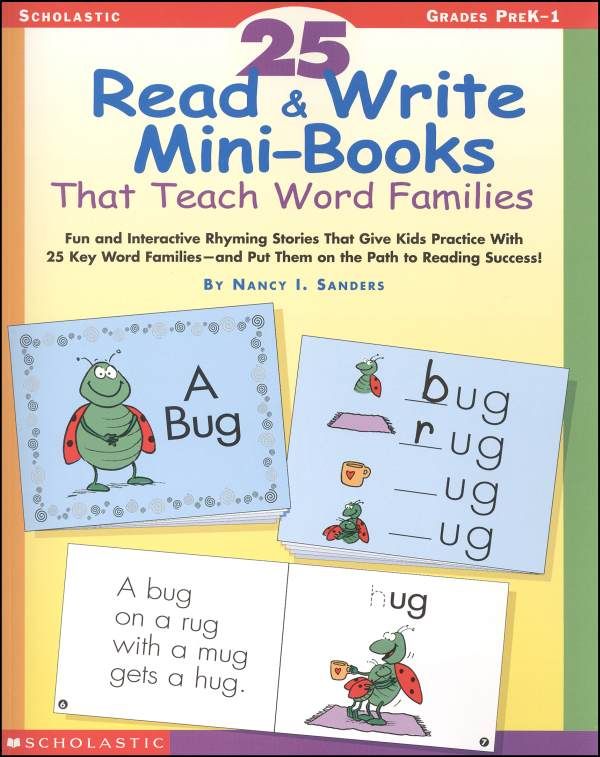 There are "preparations" for a haunted horror movie, a shark thriller, a spy detective story, a chilling story about an abandoned cabin in the woods...
There are "preparations" for a haunted horror movie, a shark thriller, a spy detective story, a chilling story about an abandoned cabin in the woods...
Feature of the book
This book perfectly combines theory and practice. Each spread has a place to write a story, and in the margins there are hints, tips, leading questions that will lead to new ideas. At the end of the book is the Young Writer's Kit, a collection of ideas and tricks used by professional writers.
About the Author
Paul Dowswell is a well-known British author of over 60 books for children and teenagers. Paul Dowswell writes both fiction and educational books. His favorite topics are history, geography and science. Paul devoted more than 20 years of his life to publishing, of which he spent 8 years as the chief editor of the largest British publishing house Usborne Publishing. Nominee and winner of numerous book awards. Today, in addition to his literary activities, Paul Dowswell conducts master classes for elementary and secondary school students in writing skills.
The same book on Ozone
Read.ru online store
What about poets? And there is a book for them!
Book of my poems. Self-instruction manual for a young poet
About the book
To become a poet, you need not only talent and a special, poetic view of the world. Any poet must know the rules of versification and be able to use literary techniques.
This self-help book contains fun poetry lessons that will teach your child:
what is rhyme and meter, line and stanza
how lines are assembled into poems
what are poems in content, form and mood and how to make them sound beautiful
Performing simple, interesting tasks, the child will learn to feel the rhythm and hear the music of the verse. And this will help him become a real poet!
Chips of the book
First, the author analyzes the "science of versification" using simple examples. Each lesson provides easy-to-understand explanations and simple tasks that will help the child better understand the theory.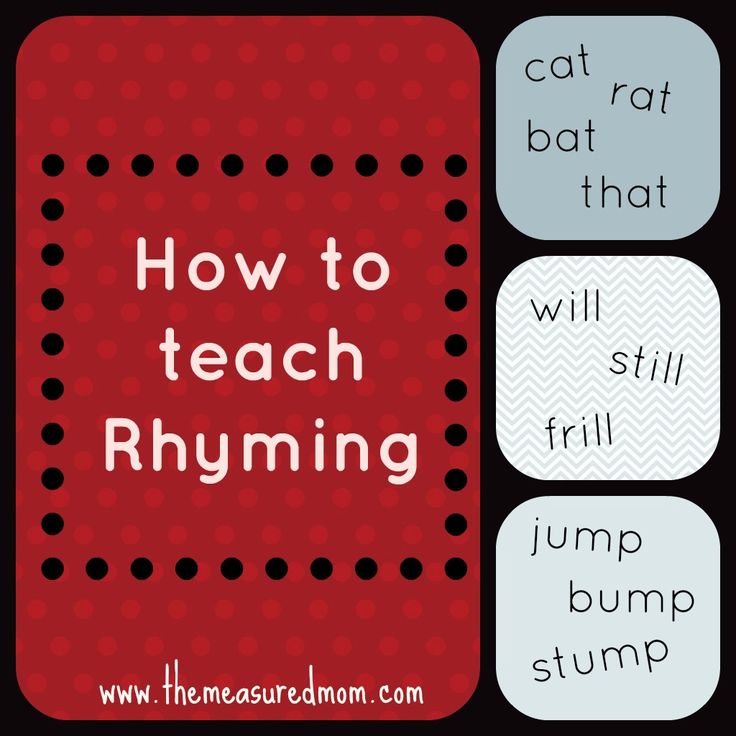
Then comes a practical section with creative spreads. Here the child will try his hand at composing poems of different genres and forms.
Tasks and forms of poems become more complicated gradually - line by line. First, the child must come up with a tongue twister or a riddle (1 line), then pick up simple rhymes (2 lines), then write a haiku (3 lines), a fun burime (4 lines), a limerick (5 lines), etc.
Each creative spread has a small commentary text from the author, lines for writing down his poems, fields for a draft and, of course, leading questions, tips, hints, dictionaries and examples of poems.
Who is this book for?
For children aged 8 and over who want to learn how to compose poetry.
For teachers. The book can be used for additional activities with children at school.
About the author:
Masha Lukashkina is a children's poet, prose writer and translator. Compiler of the first in Russian poetry collection by R. L. Stevenson "Kindergarten of Poems and Other Poems". She translated into Russian the poems of Christina Rossetti, the fairy tales of Dr. Seuss, as well as the youthful poems of Jack London. She writes novels and stories for children, as well as plays for children's theatre.
L. Stevenson "Kindergarten of Poems and Other Poems". She translated into Russian the poems of Christina Rossetti, the fairy tales of Dr. Seuss, as well as the youthful poems of Jack London. She writes novels and stories for children, as well as plays for children's theatre.
The same book on Ozone
Well, here's a selection of ideas - 642!
642 ideas of what to write about. Beginner Writer's Notebook
About the book
This is a notebook for children (aged 8+) and teenagers who love to imagine and make up stories. It will help them develop their imagination, and will also become a kind of creative "simulator" for practicing writing skills.
On the pages of the notebook you will find 642 (!) beginnings of stories - funny, funny, sad, fantastic and even a little strange... They need to be developed and turned into finished stories.
Unusual characters, unexpected situations, funny circumstances... What kind of continuation to come up with? What will come of it? Let the child decide for himself! You will be surprised how interesting his stories will be.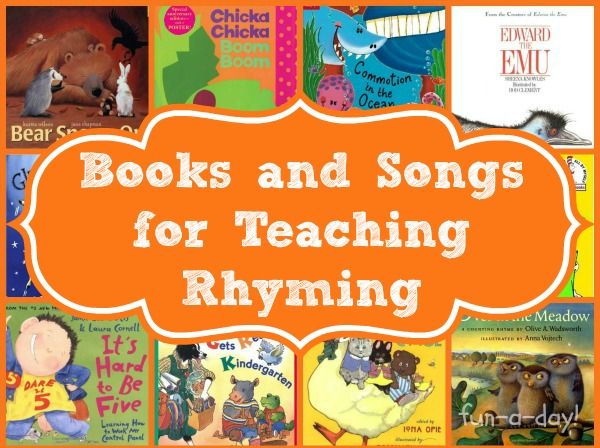
Book features
This book is a project of the 826 Valencia school in San Francisco, where children learn to write and edit texts. The best educators of this school came up with and created such a collection of ideas to inspire aspiring writers around the world.
In addition to the fact that tasks in a notebook develop the imagination, they also teach the child to express thoughts concisely and consistently - so that a whole story fits in a few sentences.
On Ozone
Read.ru online store
The power of rhyme: why it is important to read poetry to children
Olesya Akhmedzhanova
“If the Christmas tree had legs, it would run along the path…”, suddenly remembered the lines of the poem that I learned in childhood with my mother. And although I am already an adult, this information does not go anywhere: the story about the Christmas tree is firmly planted in my head. So today we are talking about poetry. Why they are useful, how to read them correctly and which books to choose.
Why read poetry to a child
Poetry is one of the methods for developing a child's speech. They are built on sound combinations: “bee” rhymes with “tree”, “toy” with “cracker”, and “heart” with “ring”. Such a fun phonetic game with sounds gradually prepares the baby for reading and develops a sense of language. The child listens to the words and understands how one can combine one sound with another. And kids easily memorize verses, which means they develop memory and thinking.
I want to look out the window
Poems also help during the study of letters. To fix any sounds, you can use rhymes: for example, when you pass the letter “sh”, tell us about the cat on the window, “h” about the titmouse and the fox, “e” about the piglet and the naughty child. Or come up with your own original examples.
How to read poetry
Start a tradition of reading poetry to your baby before bed. It is important to do this with expression: sigh loudly, be surprised, admire or laugh. Start with simple couplets and quatrains. Choose, for example, classic textbooks.
Start with simple couplets and quatrains. Choose, for example, classic textbooks.
Skok-jump,
My horse,
Now a meadow, now a bridge.
Clay head,
Straw ponytail.
Poem and illustration from the book "Let's Read"
Then move on to more complex poems: with enumerations, interesting rhymes, or a funny plot.
He also ordered a pie
with centers inside,
Two full vases jelly, Cream - three,
Four Straels 908
(Say, )
curd puddings
pieces five
and six servings of cream
A poem and an illustration from the book "The Prince and the Svintus"
Poems + illustrations
Another childish (and we must admit, ours too) love: when there are poems in the book, "seasoned" with beautiful illustrations. They can describe the plot and show the characters.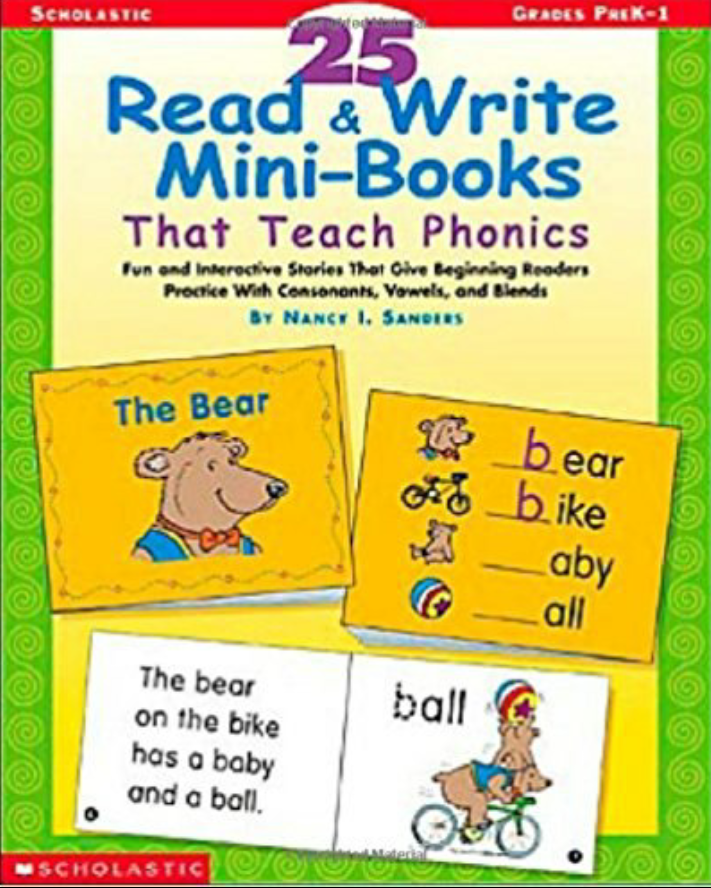
... They danced
from morning to afternoon:
plié, relevé! batman, pirouette!
Poem and illustration from the book "Little Ballerinas"
Or be an independent work of art, which is successfully complemented by poetry. As, for example, in the amazing "Beautiful Book of Animals".
If we decide to become a flamingo for fun,
We need to get bright pink feathers:
We will be of a different color - we won’t find a match,
Not a single flamingo will build a better house nearby this delicate color has been preserved,
We will have to get dinner right in the mud.
A poem and an illustration from the book "A beautiful book about animals"
In such books, you can look at pictures and melodiously accompany them with reading poetry. So you will introduce the child to the world of animals and, perhaps, learn with him the first verse about the mighty tiger, the pensive chameleon and the tender butterfly.
6 funny and beautiful poetry books
Every year we release bright and unusual poetry books. We choose the best: with high-quality illustrations, funny and melodic poems that you want to read, reread and learn by heart. They are perfect for introducing a child to rhymes.
A cute, funny poem about a boy who does not want to go to bed and offers his mother to put someone else to bed instead of him: a dog, a cat, a fish, a brother, a neighbor… Is this situation familiar to you? Of course, it's such a shame to go to bed when everyone is still awake, and there are so many interesting things going on around! This is a good book to read before bed. The kid recognizes himself in the hero, and perhaps, along with the book, there will be a way to go to bed with a good mood, and not a scandal.
A classic reader for the little ones: a collection of fairy tales most loved by kids, as well as poems, stories in pictures, the first cognitive information about the world around.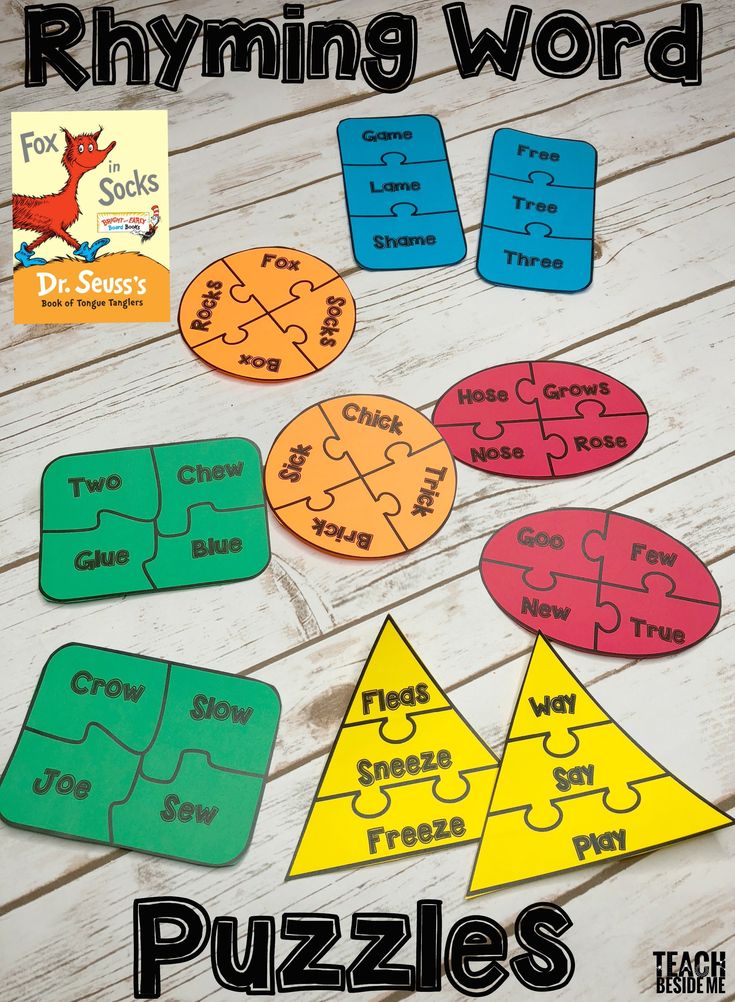 All the main characters are animals, and the stories are based on how the baby's day goes. So he wakes up, and his beloved mother meets him, and at the very end of the book, he goes to sleep under a lulling poem.
All the main characters are animals, and the stories are based on how the baby's day goes. So he wakes up, and his beloved mother meets him, and at the very end of the book, he goes to sleep under a lulling poem.
The book is about a child's boundless fantasy, the ability to see the good in any situation, to believe, hope and be able to wait. She explains that you need to keep your promises, be patient and friendly, protect the weak, take care of your pets, and not betray your friends. The book contains bright, realistic illustrations and poems that are easy to remember. Read the story several times, and the child himself will be able to reproduce the text from memory by looking at the pictures.
This is one of our most beautiful animal books. It has green forests, yellow sands, sea depths and dense jungles. Instead of the usual text in the book, there are verses. They were written by the author of numerous children's books, the winner of literary awards and a zoologist by education, Nicola Davis.


